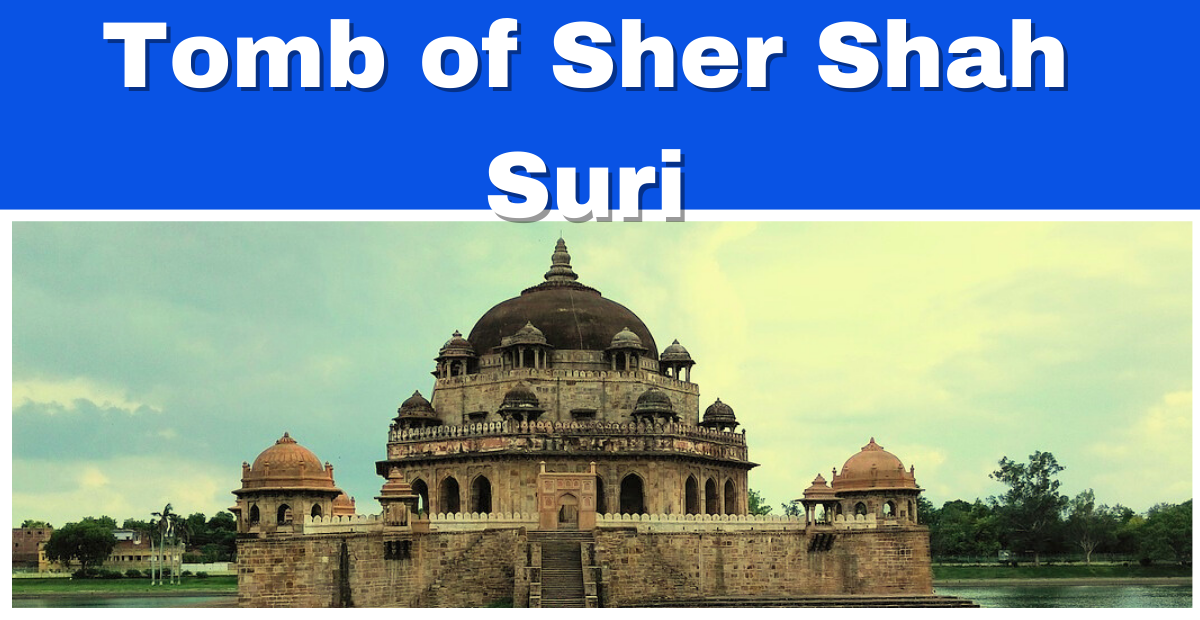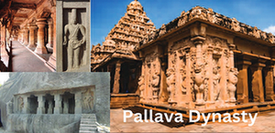Tomb of Sher Shah Suri
Tomb of Sher Shah Suri
Learn About: Sher Shah Suri
Historical Background:
The tomb of Sher Shah Suri, the founder of the Sur Empire is located in Sasar, Bihar.It was built by Mir Muhammad Aliwal Khan, an.He was appointed by Sher Shah during his lifetime and completed on 16 August 1545, three months after his
Architectural features:
The octagonal design of Indo-Islamic architecture was influenced by the tombs of the Sayyid and Lodi dynasties.The tomb is made of bricks and rests on a square stone pedestal 22 feet high.Kshatriyas (high pavilions) decorate the corners of the tomb.Original vibrant colors and glazed tiles adorn the exterior.
Exterior setting:
Stands in the middle of an artificial lake locally known as “Pani Roja”.A symbolic representation of the abundant pool .In each corner were octagonal domed chatris, stone banks and blocks with steps on all sides.Flights of steps lead to a site where the main tomb is located.Portal access from all sides except the west.
Internal setting:
Octagonal interior with doors on each side leading to the veranda.Curved spaces on both sides of eachLattized screens on windows for illumination.The Qibla wall on the western side with the mihrab elaborately decorated with carvings and tiles containing verses from the Quran.Three inscriptions glorifying the Sultan.
Art and Decorative Elements:
- The carved capitalists represent lotus figures in the spanrel of the
- The second floor was a porous balcony with domed chatris in each corner.
- Original vibrant colors and glazed tiles adorn the exterior .
- The large dome is painted white, and the smaller domes resemble lotuses.
Terrain and Terrain:
The cemetery is located in the middle of an artificial lake, and the area is known as the “Pani Rose”.The lake was originally measured at 1,200 feet by 900 feet, indicating plenty of pool.A stone causeway connecting the tomb to a domed entrance on the north bank.
Importance:
It is considered a remarkable example of Indo-Islamic architecture.The largest cemetery in India at the time of its completion.Listed as a monument of national importance.
Architectural influences:
It was influenced by the octagonal tombs of the Sayyid and Lodi dynasties in Delhi.The tomb of Hasan Khan Suri, appointed by Sher Shah, served as a model.
Learn About: Sher Shah Suri




